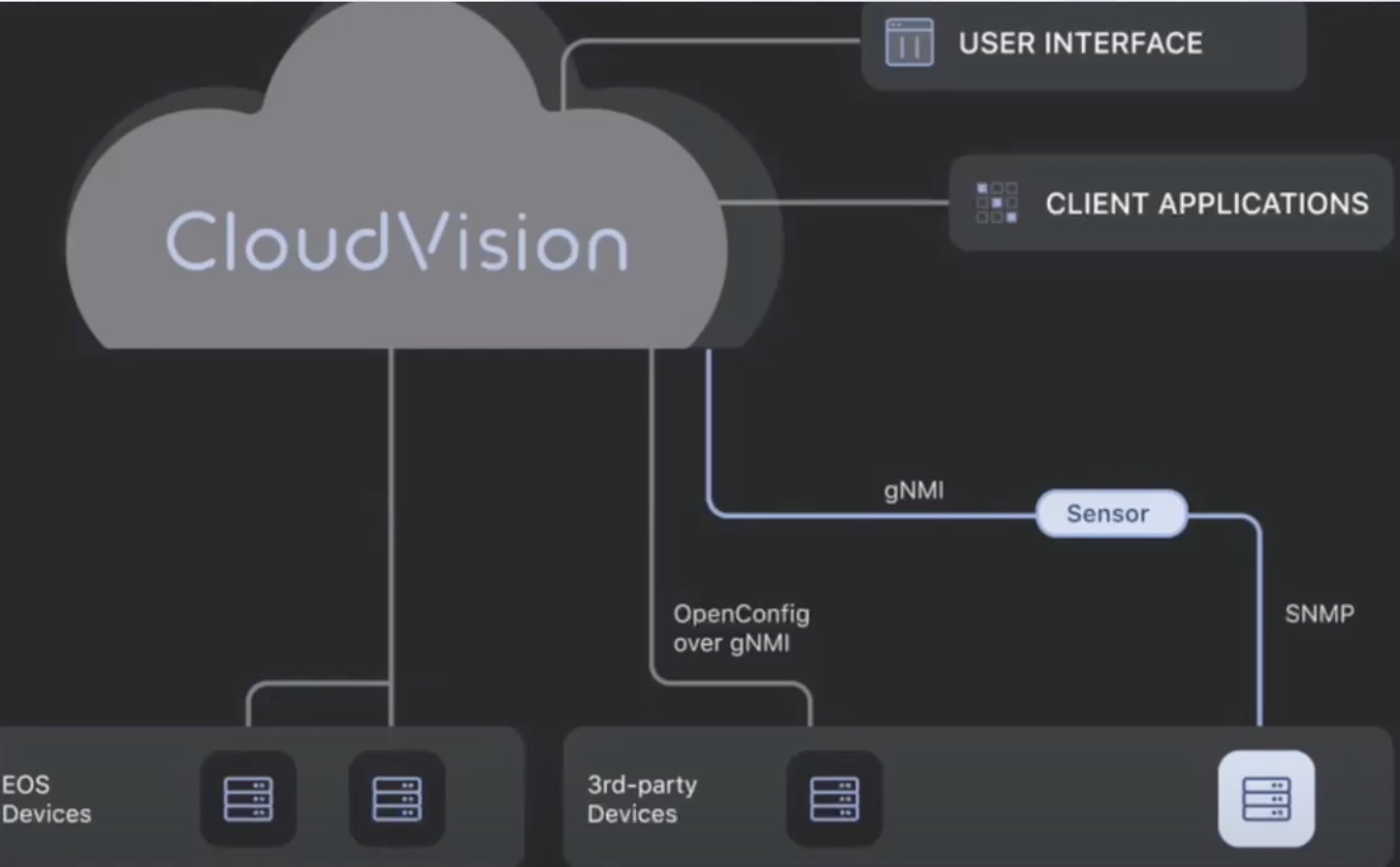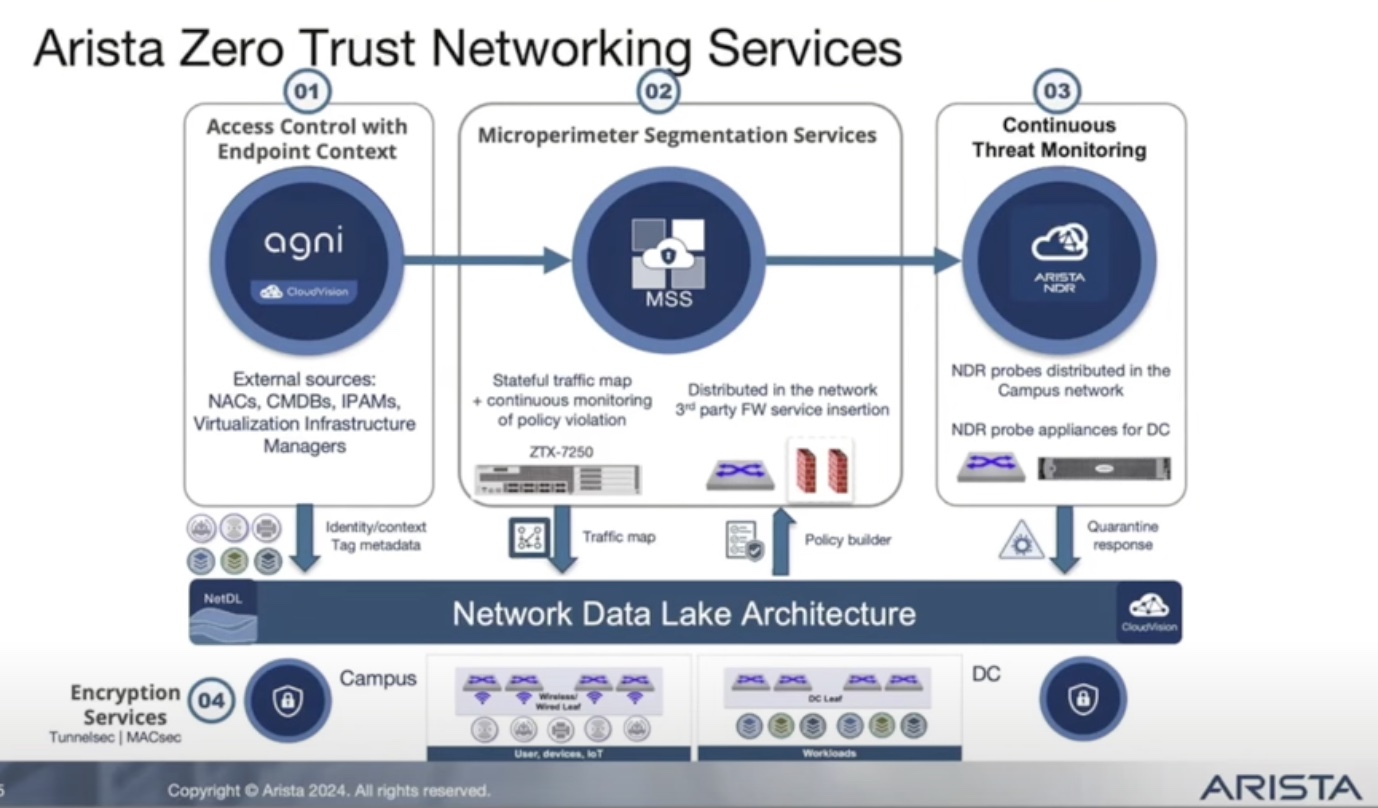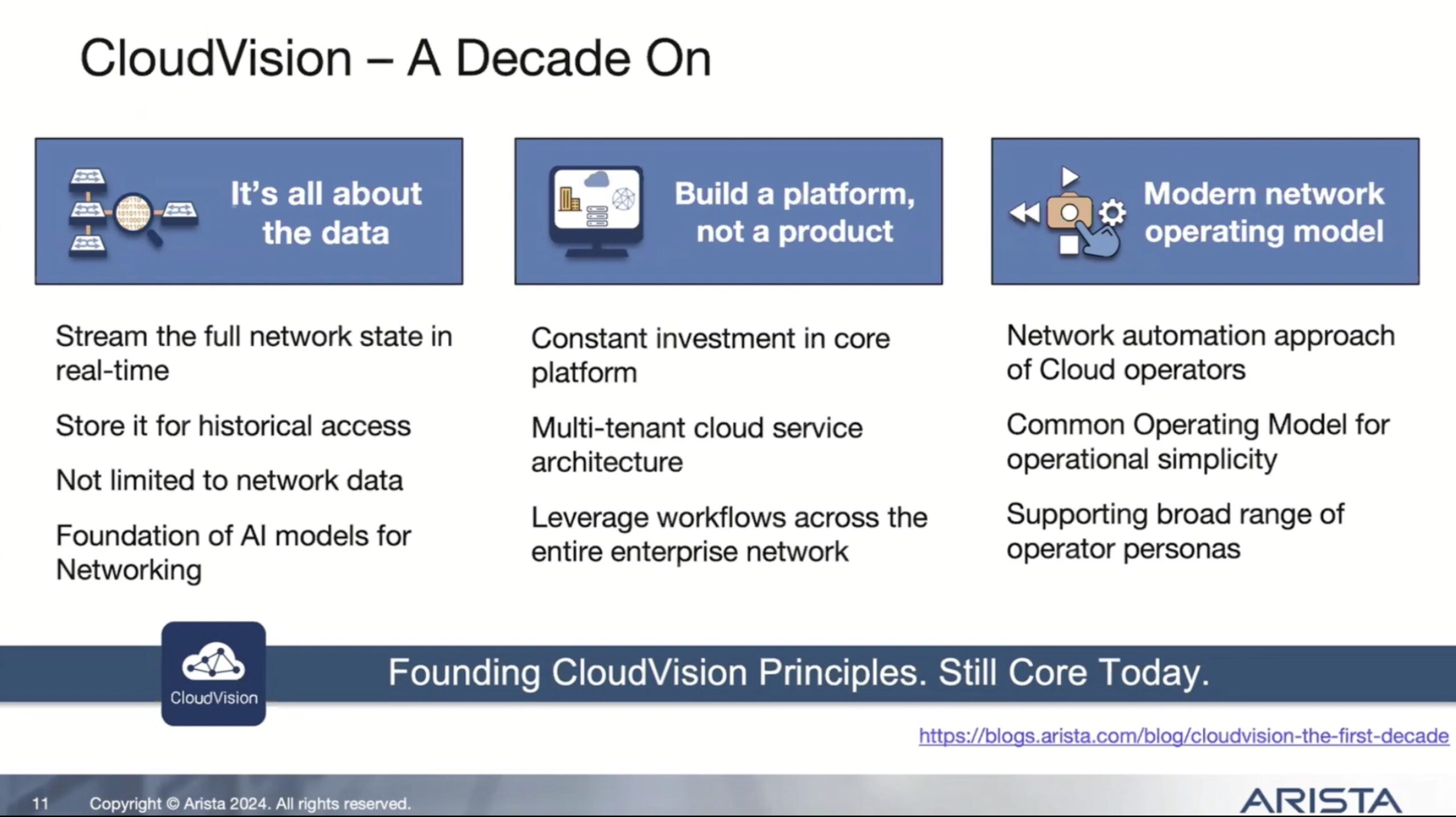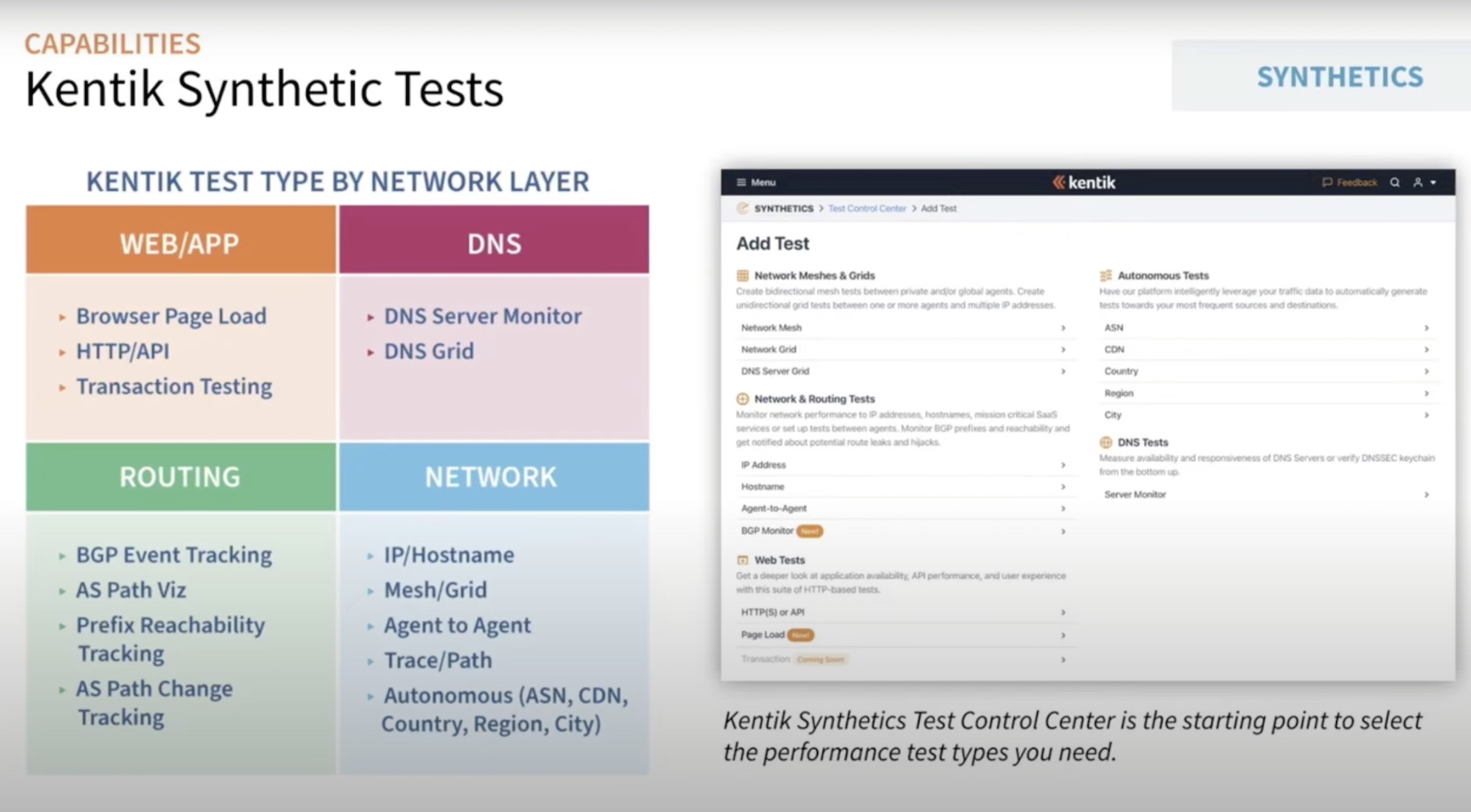It is hard to make things simpler in technology, especially when everything is tangled in a gigantic web of connectedness. But if made possible, there’s usually good money, or great value in it.
This past Networking Field Day event, Arista Networks made their first Field Day appearance of 2023. At the event, the team showcased Arista CloudVision, a telemetry portal designed to simplify management by delivering network-wide visibility. CloudVision, Arista says, offers a way for companies to manage and monitor networks effortlessly. Let’s dig into that.
A Little Context
Ever since the network started to expand its perimeter, and grow tumescent with countless users, devices, systems and applications, operators have been caught in the hellfire of management complexities. This slow burn crisis affects work in every front – root cause analysis (RTA), troubleshooting, operations, compliance management – at times, tailspinning into network-wide outages.
Part of the reason failures in networks happen at a high frequency is because teams tasked with managing the infrastructure are not furnished with up-to-date tools and methodologies. The tried and tested methods of yesterday prove old and hackneyed for the modern cloud-like networks, and as a result, they do not payoff.
IT teams need more solutions that offer low-friction, consistent experiences, and timely approaches like cloud principles, DevOps model, software-first approach, and do-it-yourself automation, to bring up the operational efficiency at scale.
Observability with CloudVision
Arista Networks has a clear-cut agenda in that regard. Ryan Madsen, Director, Software Engineering, while presenting the architecture of CloudVision at the Networking Field Day event was direct about it. He said that Arista’s goal with CloudVision is to “make networks simple to manage and monitor.”
“For monitoring, there’re two key attributes that we want to provide to people. One – really great real-time visibility, let people understand what’s happening in the network right away, and second – really great historical visibility.”
It may be an ambitious goal, but Arista is on to something.
CloudVision realizes Arista’s vision with two key elements – telemetry and automation. It offers incredibly nuanced visibility of the network components, device by device. The dashboard offers a per-device view, showing device state like BGP details and peer information, system information, switching in all details.

In the presentation, Madsen demonstrated CloudVision’s real-time capabilities. By clearing BGP sessions on a device, he showed how quickly CloudVision can refresh all information, offering instant visibility by streaming information at a “nanosecond timestamped granularity with an end in latency of an order of 100 milliseconds.” Any change in the device state is updated and displayed in real-time.
CloudVision provides historic device-state data through a timeline at the bottom of the dashboard. This timeline features trends in metrics and queries over time. By dragging the cursor back and forth, users can view the state of a device at a precise time on a particular day, or compare two devices and monitor events.
“This historical visibility is really useful for understanding how your network has been performing,” said Madsen.
When CloudVision was first launched, it was an on-prem solution. Arista has since launched a cloud version of it using the same resilient and robust architecture that enables it to work across all network types, datacenters, branch and campus, and ingest all different data types.
The Architecture
Architecturally, it has a simple construct. Data goes in from the devices into the CloudVision platform and comes out via APIs.
Under the hood, this is what it looks like. The devices have a database on board, SysDB, that holds all state. A streaming agent pushes it out of the box and into the CloudVision platform. The platform receives a timeseries of all state elements, which it stores, processes and analyzes via the CloudVision Analytics Engine, and dispatches out the insights to a user interface or client applications.
Madsen elaborated – “This (streaming agent) can be a standalone agent. Some of our largest cloud customers use this agent to ingest the data and analyze it themselves. This is also what powers CloudVision to get really fine-grained data, so everything’s timestamped at the point that it changes on the box, and then streamed out.”
The core component of Arista’s CloudVision is a robust data pipeline that connects directly to the user interface. This is layered on top with a set of applications. CloudVision performs analytic functions like calculating events, aggregating, and normalizing data and so on. A set of provisioning compliance apps makes sure that everything is running on right configuration, and that all software are up-to-date. CloudVision streams this data out through a variety of APIs.
“All this is happening really quickly, from the storage to it being processed, to being stored again, to being shown to the user – all that feels instantaneous from the end user’s perspective,” informed Madsen.
To learn more about CloudVision, and watch a deep-dive on the latest Arista Network Data Lake (NetDL), be sure to check out the Arista presentations from the recent Networking Field Day event.




